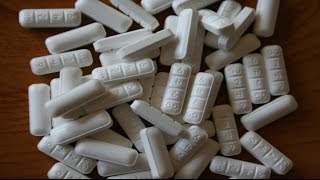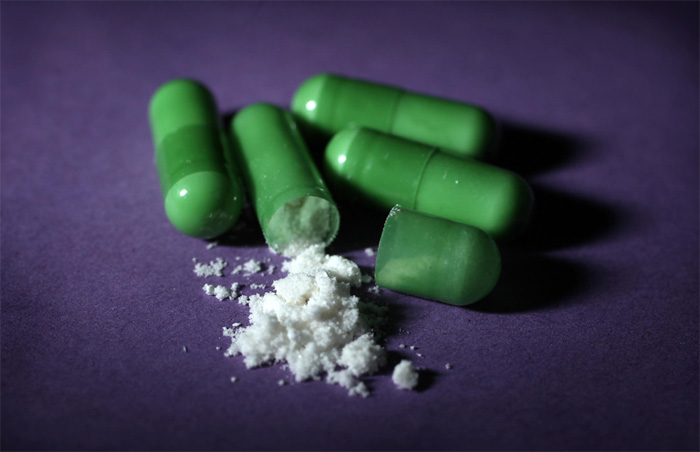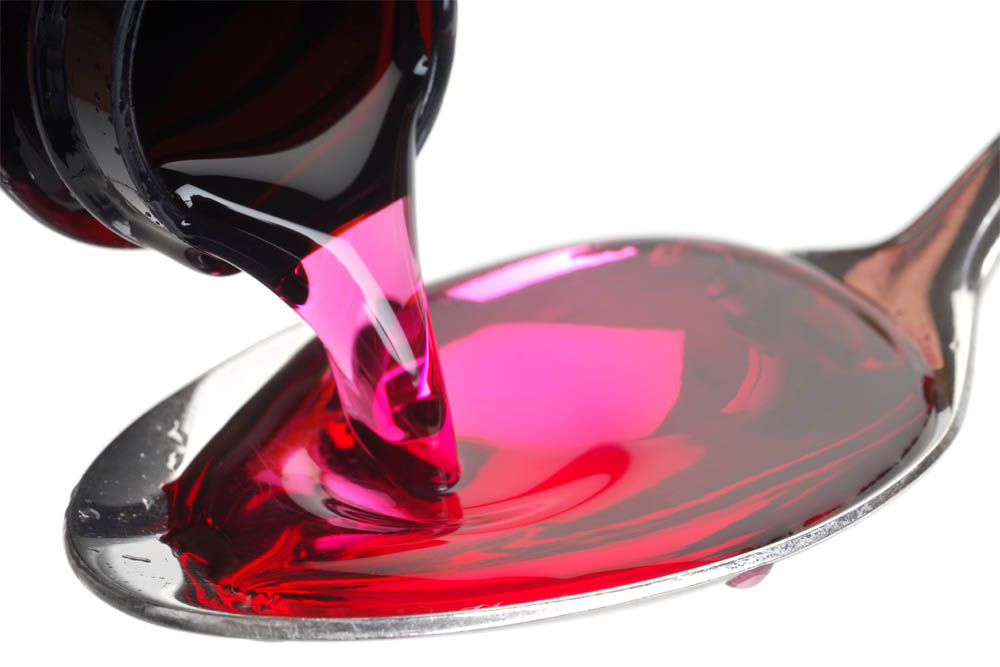May 16, 2017
After the publication of a recent NHS report, doctors are warning that there is a risk of thousands of patients ending u...
Codeine Addiction
Mar 16, 2017
The painkiller codeine is readily available in pharmacies across the UK. In low doses, it is available over-the-counter ...
Codeine Addiction
Jun 02, 2016
With prescription drug addiction in the headlines recently after the death of pop legend Prince, more stories of people ...
Codeine Addiction
May 27, 2016
Illegal drugs such as heroin and certain prescription medications are continuing to cause major problems for people arou...
Codeine Addiction




